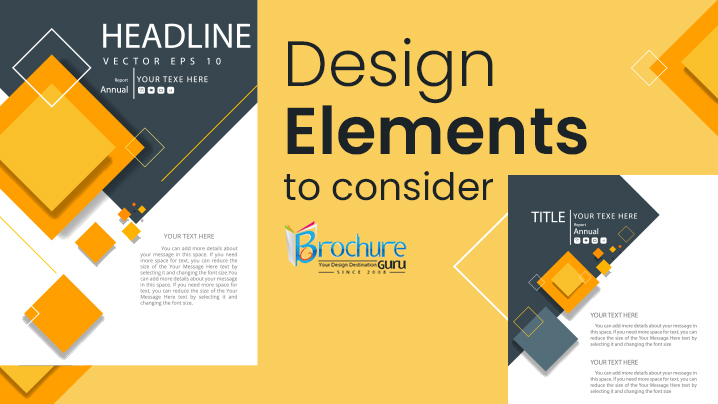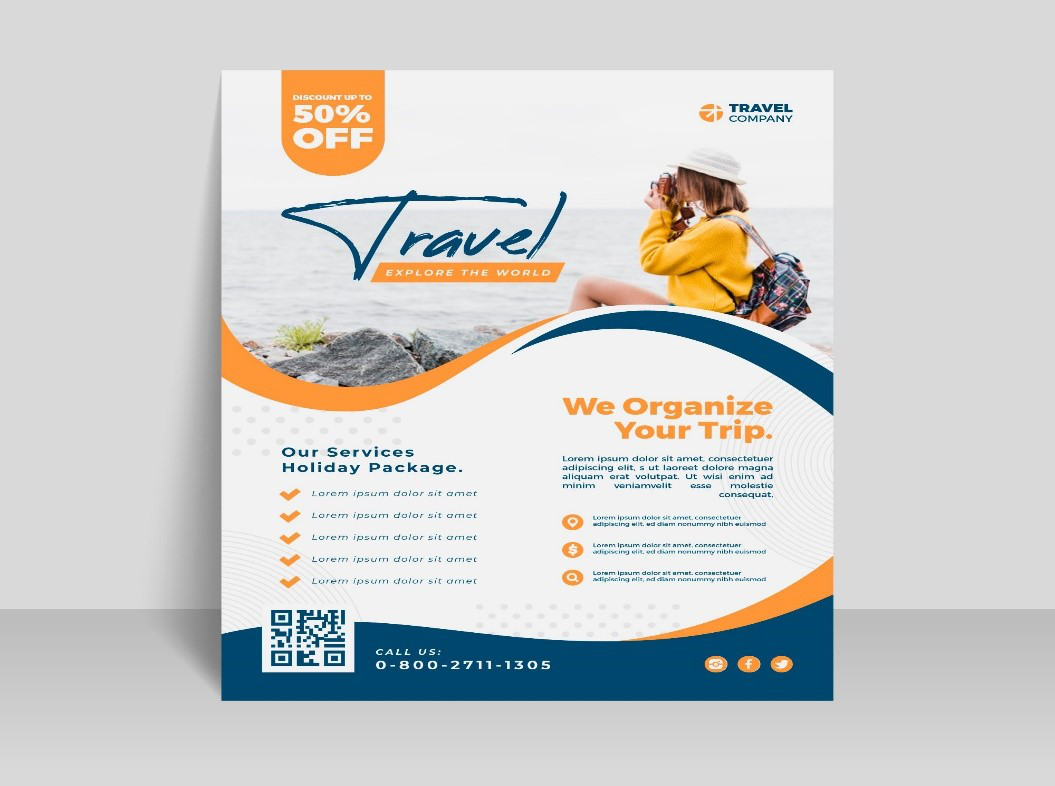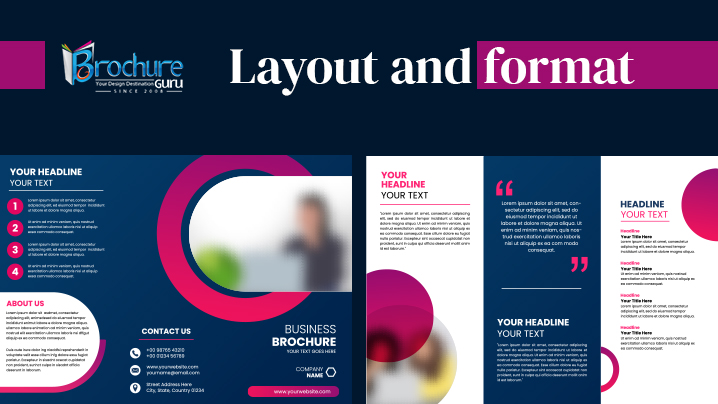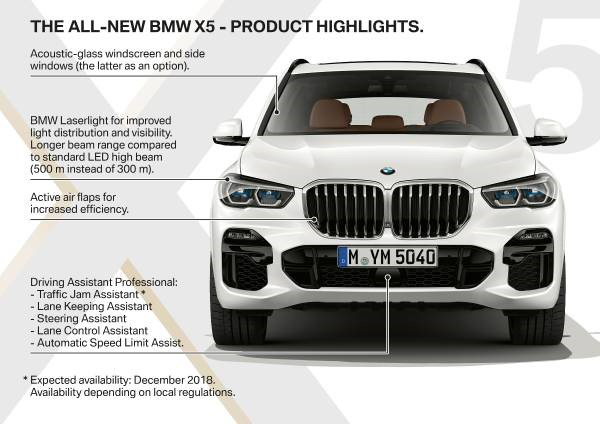Table of Contents
- Introduction
- Understanding the Product
- Identifying your target audience
- Defining your brand message
- Design elements to consider
- Content to include
- Layout and format
- Printing and distribution
- Case studies
- Conclusion
Are you looking to enhance the success of your product or service? Consider creating a unique brochure design to effectively and visually showcase your offerings. Investing in custom brochure designs can significantly enhance brand recognition and boost your sales. A well-designed brochure incorporating your logo, colors, and messaging makes it easier for people to recall your identity and offerings. Custom brochures also offer more control over the content you communicate.
Although we do not have accurate data related to the market size of the brochure niche, we can get a rough idea if we look at the catalogue market. Recent research shows that the catalogue market will reach $335.62 billion by 2030. As businesses that invest in creating catalogues also create brochures in most cases, this market will also become significantly bigger in the coming years. Here are some major steps that you must take to create and distribute your customized brochure.
Source: freepik.com
Understanding the Product
Designing a brochure that effectively showcases your product requires a clear understanding of what you are selling. Before you start drafting any content or visual elements, it’s essential to do your homework and get to know the product inside out. This includes its features, benefits, target audience, and unique value proposition.
Without proper knowledge of the product, there is a high risk of creating an ineffective brochure that fails to communicate its intended message.
You must follow these tips to identify the product’s unique selling proposition (USP).
When creating a brochure, it is critical to communicate your product’s unique selling proposition (USP) effectively. The USP is the feature or benefit that makes your product stand out. To identify your USP, analyse your target audience and their needs. Determine what problem they are trying to solve and how your product can help them.
Next, conduct a competitive analysis to see what other products offer similar benefits. This will help you differentiate yourself from others and provide a unique value proposition to potential customers. Conducting customer surveys or focus groups can also help identify what features or benefits resonate most with them.
Once you have identified your USP, ensure it is prominently displayed in all marketing materials, including brochures. Use clear language and visuals to highlight why your product stands out and how it can benefit potential customers.
Identifying your target audience
Identifying your target audience is critical to creating a successful marketing campaign. Without it, valuable resources could be wasted on people who have no interest in what you offer. Increasing the likelihood of conversions is possible by understanding your ideal customer and tailoring your message to them. Customizing brochure designs according to their requirements and tastes enables you to convey the worthiness of their products effectively.
- Understanding the industry landscape, competition, and potential customer base through market research is necessary before pinpointing a specific target audience. If you want to better understand your customers’ needs, preferences, and behavior, conducting surveys or analyzing customer data could be helpful.
- Conducting thorough market research beforehand allows you to create an ideal customer profile comprising demographic data such as age group, gender distribution, income levels, education levels, etc., along with additional details on their psychological traits like interests or values. This profile can assist you in comprehending your intended market demographic and tailoring your promotional endeavors accordingly.
- By viewing your product’s features and benefits from the standpoint of potential customers, you can refine your target audience identification process. This will assist you in comprehending how your product or service can fulfil their requirements. Discovering their potential usage of your product and identifying its most valuable unique selling points can assist you.
- Pinpointing the pain points of your potential customers is vital to communicate how your products or services would be advantageous in resolving those issues.
Defining your brand message
Having a clear brand message is crucial when marketing your product or service. Your brand message should communicate what you offer, why you’re different from your competitors, and what kind of experience customers can expect when they do business with you. A clear brand message helps establish trust and credibility with potential customers, making it easier for them to choose your product.
A well-crafted brand message also helps you stand out in a crowded market. With so many companies vying for attention, it’s important to differentiate yourself by clearly articulating what sets you apart. This can help attract the right customer who will appreciate your unique value proposition.
Defining a clear and concise brand message requires an in-depth understanding of your product, competitors, and customers. Here are some tips to help you define your brand’s message:
Firstly, focus on what makes your product unique and different from others. Highlight its features, benefits, and USP (unique selling point). Secondly, create a buyer persona to understand your target audience’s needs, goals, and preferences and tailor the message accordingly. Thirdly, keep it simple yet memorable by using catchy taglines or slogans that sum up the essence of your brand.
Design elements to consider for the Brochure
Effective brochure design requires understanding the essential elements of a great brochure. Attention-grabbing headlines or titles are crucial elements that should be placed prominently on the front cover to draw readers in. It’s important to have clear and concise messaging throughout the content with easy-to-read fonts that are legible at any size, particularly when viewed online.
Another key element is images, which can help break up chunks of text and add visual interest to your brochure while conveying your brand message. High-quality images of your products or services will provide a better sense of your offer and entice readers to learn more. Using colour effectively can also enhance your brochure design by making it visually appealing and memorable.
Lastly, a clear call-to-action (CTA) is essential for guiding readers to act after reading your brochure. Whether visitors visit your website or contact you for more information, including a CTA will help drive conversions and generate leads from interested prospects who want to know more about what you offer.
Other design elements to focus on:
Choosing the right colors, fonts, and imagery can make all the difference when designing a brochure. Firstly, consider your target audience and what they would respond to best. For example, brighter and bolder colors may be more appealing than pastels or muted tones if you target a younger demographic. Similarly, a corporate audience may prefer more professional-looking fonts and sleek imagery.
Secondly, think about the message you want to convey with your brochure. Incorporating green hues or natural imagery would be appropriate for promoting an eco-friendly product or service. On the other hand, if you’re advertising a luxury item or service, using gold or silver accents may enhance its perceived value.
Lastly, don’t underestimate the importance of contrast in design. Choose contrasting colors for the text and background to ensure your content is easily read. Similarly, pair bold fonts with more subtle graphics or vice versa for visual interest without overwhelming the reader. Keeping these tips in mind while designing your brochure’s color scheme and layout will help make sure it leaves an impact on readers.
Content to include in the Brochure
Including specific content in a personalised brochure ensures your desired target audience comprehends your message. The first step is to include an engaging headline or tagline that will interest your audience and inspire them to continue reading.
Also, present a short yet descriptive summary of your product or service, showcasing its primary features and benefits. To ensure understanding among readers, opt for uncomplicated phrasing and avoid specialised terminology or jargon in your proposal. Adding customer testimonials or case studies can help demonstrate how your product has helped others.
Incorporate persuasive language to underscore the advantages and exceptional characteristics of your product. To prevent overwhelming readers, avoid using too much information or technical jargon.
To encourage reader engagement and drive conversions, include calls to action throughout your brochure that prompt them to take specific actions, such as purchasing or visiting your website. Remember to mention your contact details so the readers know how to contact you for any questions or further information.
Including your contact details is important. This should include phone numbers, email addresses, website URLs, and social media handles. For potential customers with questions or those ready to purchase, make sure contacting is an easy task.
Layout and format
A crucial factor in brochure design is having an organised and visually pleasing layout. A cluttered or disorganised design could make potential customers disinterested in your product if they cannot find the necessary information. An attractive, well-designed layout will attract attention and maintain reader engagement.
A clear hierarchy of information is crucial for organising your brochure. The best way to structure a webpage is by placing vital information first and progressively showing less significant data while scrolling through. If you want to guide readers logically through your content using effective tools, use headings, subheadings, and bullet points.
High-quality images, graphics, and colour schemes can enhance your brochure’s visual appeal. To highlight important points or products, one should strategically utilise these elements. The reflection of positivity on your brand’s image is possible by having an easily understandable layout design that helps potential customers know about your offerings.
For maximum impact on your target audience, it’s important to use appropriate designs based on their age. A younger crowd would respond better to modern designs, whereas the elderly would prefer something classic.
A straightforward design featuring generous white space is recommended when presenting mostly text-based material to facilitate reading comprehension. Alternatively, opting for a more intricate layout can effectively highlight the images and graphics in your brochure.
Successful delivery of your message to the intended audience depends on the format and layout of your brochure. Choosing the proper layout and structure is vital to the success of your brochure campaign.
Printing and distribution
Choosing the right printing and distribution methods for your custom brochure design is crucial to its success. One important consideration is the number of brochures you need to print. If you only need a small number, digital printing might be more cost-effective than offset printing. Conversely, offset printing can save money if you need a large quantity in the long run.
Another factor to consider is the paper stock and finish. Glossy paper can make colours pop, while matte paper provides a more understated look. The weight of the paper also affects how durable and substantial your brochure feels in the hand.
Finally, don’t forget about distribution! Consider where your target audience congregates at trade shows, events, or mailboxes. Direct mail campaigns can be effective but require special considerations like postage costs and mailing lists. On-site event distribution may require smaller or more portable brochures that are easy to carry.
Case studies
Here are some case studies that show the impact of a brochure on the promotion of a brand.
A custom brochure design can help to effectively showcase your product or service in a visually appealing and informative manner. One example of an effective custom brochure design is the brochure for the BMW X5. The design features high-quality images of the car, key features, and specifications. The use of white space throughout the brochure helps to draw attention to important information while also creating a clean and modern look.
Source: press.bmwgroup.com
Another example of an effective custom brochure design is the brochure for Airbnb Experiences. The design features colourful photos of various experiences available through Airbnb, along with short descriptions and pricing information. Capturing attention and creating a sense of fun and excitement can be achieved using bold fonts and bright colours.
An effective custom brochure design is exemplified once again in the Apple AirPods’ promotional pamphlet. A minimalist approach was taken with the graphic design to highlight important product features, aided by clear design directions. Using white space in the brochure helps to achieve a neat appearance. Besides, it corresponds with Apple’s general brand identity and its focus on simplicity and user-friendliness.
Conclusion
A well-designed brochure can showcase your product perfectly and highlight its key features for promotion. You can unlock the complete potential of your product by showcasing it attractively and professionally through personalised brochure design services.
Improve your brand’s image and increase sales by opting for a custom brochure design. Moreover, you’ll offer potential customers complete information concerning your product. A well-crafted brochure is an indispensable marketing tool for businesses seeking to distinguish themselves in today’s competitive market.


 Email:
Email: 














